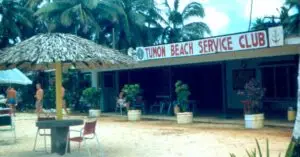
The Fight to Keep Tumon Public
Tumon Bay has a lengthy history and special significance for the CHamoru people whose ancestors lived and thrived in Tomhom (Tumon) area for millennia, establishing

Tumon Bay has a lengthy history and special significance for the CHamoru people whose ancestors lived and thrived in Tomhom (Tumon) area for millennia, establishing
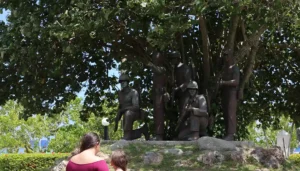
CHagui’an Memorial, Yigo. The CHagui’an Memorial site, on the north-central plateau of Guam, is where the largest known single act of violence on Guam occurred,
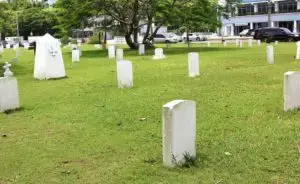
Located in East Hagåtña on the beachside of Marine Corps Drive is a small cemetery maintained by the United States Navy. There are 254 listed
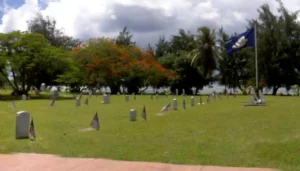
The US Naval Cemetery, along side Marine Corps Drive in East Hagåtña, was first opened by the US Naval government in 1902 and is currently

Fena, sometimes spelled Fenna, (and in some older European accounts as Feña or Fiña) is an area located in the interior valleys of south central
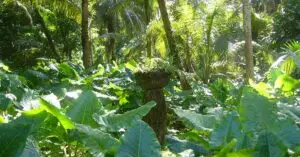
Ancient village on Guam’s northwestern coast. Haputo is located on military-owned land on the northwestern coast of Guam, near the Naval Communications Station (NCTAMS) in
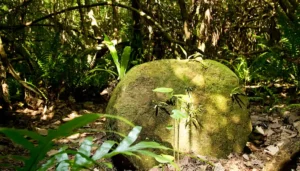
One of the most well-known scenic points of Guam is the Cetti Bay Overlook on the southwest side of the island. The surrounding foothills and
Inland heritage site. The area known as Manenggon Hills is more than 1,300 acres that encompasses the Leo Palace golf course and resort, condominium and

Heritage Site Talofofo steeped in history. The municipality of Talo’fo’fo is located in south-central Guam on the eastern coast of the island. The area extends
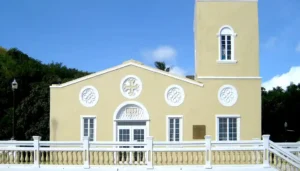
Construction of the first San Dionisio Catholic Church in Umatac/Humåtak began on November 12, 1680. On that same day a strong typhoon struck the island.